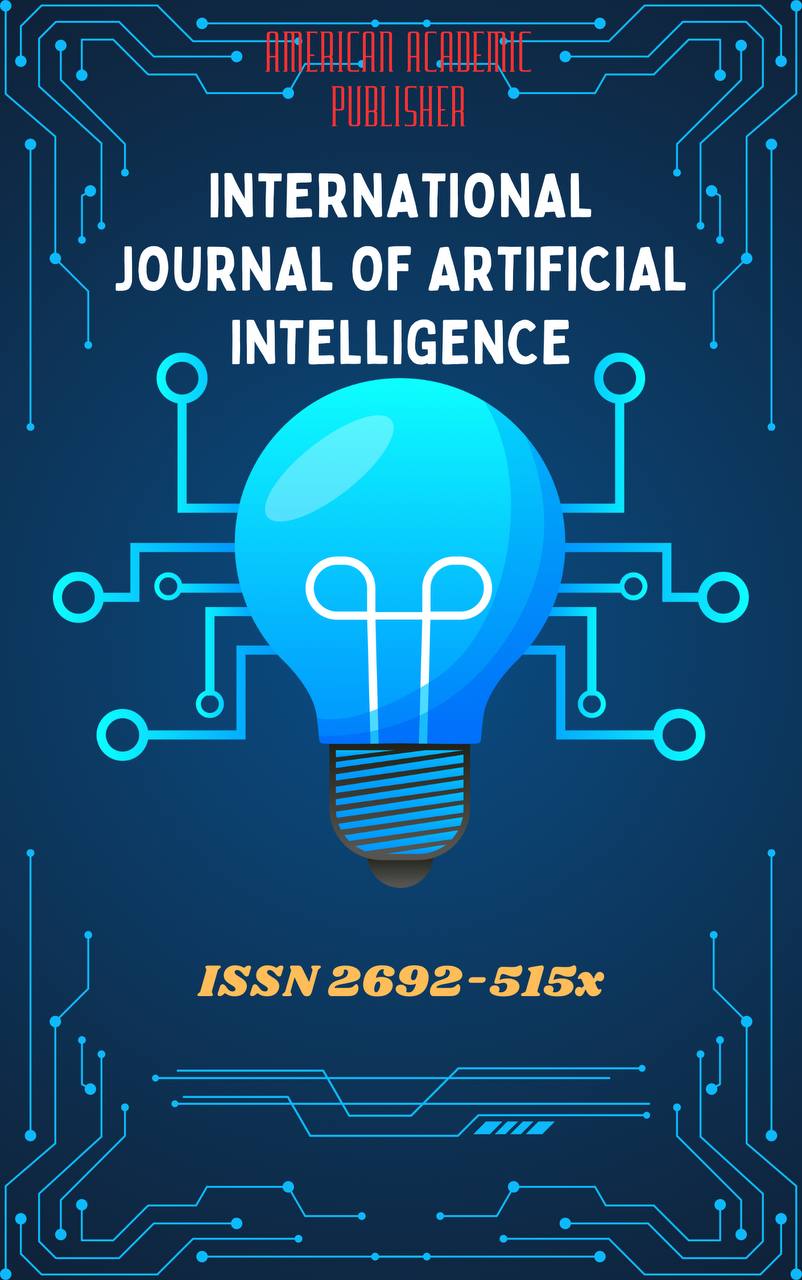 Articles
| Open Access |
Articles
| Open Access | FORMATION OF CRITICAL THINKING IN ELEMENTARY SIND STUDENTS
Feruza Sharofova , Tashkent State named after Nizami master of Pedagogical UniversityAbstract
This article discusses the importance and methods of developing critical thinking skills in primary school students. Critical thinking helps children develop a culture of problem solving, independent thinking, and communication. The article focuses on asking problematic questions, organizing debates and discussions, creative tasks, and the role of the teacher. Teachers are recommended to use various innovative methods to develop critical thinking. This article can also be useful as a methodological guide for educators.
Keywords
Critical thinking, primary education, problematic questions, creative thinking, analysis, debate and discussion, the role of the teacher, freedom of thought, logical tasks, independent thinking
References
Murodov, A. (2021). Development of critical thinking in primary education. Tashkent: Ministry of public education of the Republic of Uzbekistan.
Abdullayeva, N. (2022). Critical thinking: theoretical foundations and practice. Samarkand: Samarkand State University.
Tashkentov, S. (2023). Methods for the formation of critical thinking in primary school students. Fergana: Fergana State University.
Kadyrova, D. (2020). Critical thinking and its role in the educational process. Bukhara: Bukhara State University.
Israilova, M. (2021). Strategies for the development of critical thinking in primary education. Andijan: Andijan State University.
Nurmatov, R. (2022). Critical thinking: a methodological guide for elementary school students. Tashkent: National University of Uzbekistan.
Karimova, L. (2023). Formation of critical thinking in the primary class: practical examples. Namangan: Namangan State University.
Article Statistics
Downloads
Copyright License

This work is licensed under a Creative Commons Attribution 4.0 International License.

